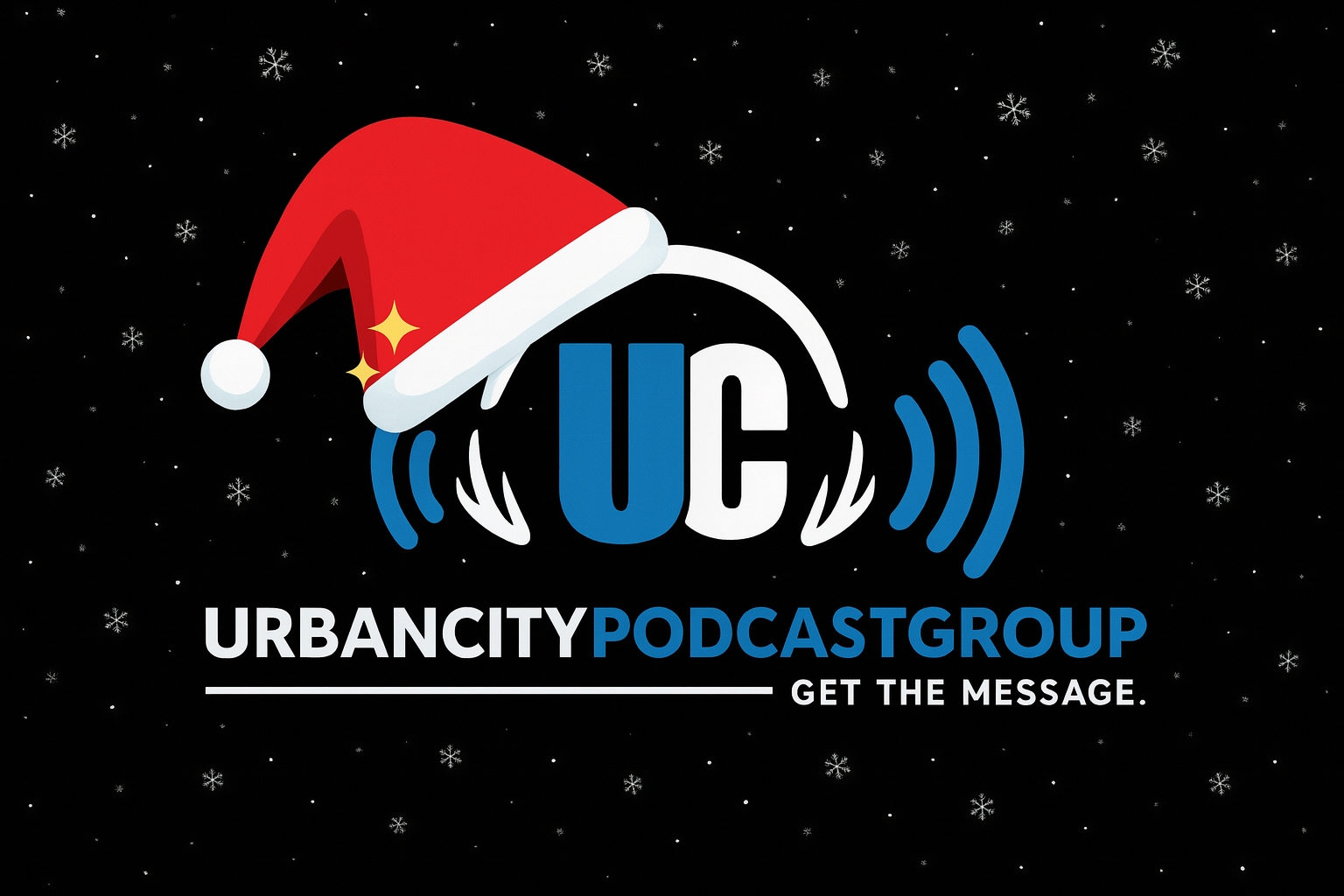Key Takeaways
- Neobanks are revolutionizing the banking industry by offering digital-only services.
- Benefits of neobanks include lower fees and enhanced transparency for users.
- The future of traditional banks hangs in the balance as they face competition from neobanks.
The Rise of Digital Banking
Imagine a world where your bank fits in your pocket and talks back with intelligence that rivals your tech-savvy nephew’s. Welcome to the future of banking in 2025 with neobanks at the helm! These digital-only banks are set to transform how you’ll manage money with lower fees and greater transparency.
Will traditional banks keep up or fade away?
The stakes are high, and the game is on—will you be a part of this revolution?
Defining Neobanks and Their Core Features
When it comes to redefining the banking game, neobanks stand at the forefront, shaking up the scene with their innovative approach.
Imagine opening an account without setting foot in a branch—neobanks make this possible through digital banking. You’ll find they excel with seamless, online-only operations, a boon for those seeking convenience. Neobanks offer a wide range of services like savings accounts, payment processing, and lending, which set them apart from traditional banks. Neobank benefits include lower fees and competitive interest rates for checking and savings accounts. Plus, you can manage your money with real-time payment features and tools that empower financial goal setting.
Appeal of Neobanks to Younger Generations
Neobanks are changing the way we think about banking, and young people are leading the charge. You’re part of a generation that values digital ease and user experience.
Millennials and Gen Z are adopting digital banking at lightning speeds—80% and 72% respectively. The appeal? Financial empowerment through tech.
Here’s why you might switch to a neobank:
- Convenience and Personalization: Enjoy intuitive apps that personalize financial journeys using AI.
- Cost-Effectiveness: Save up to €134 annually. Neobanks offer lower fees and competitive rates.
- Tech Integration: Manage digital assets seamlessly. Crypto wallets and AI tools simplify your finances.
Young people, like you, value social media for financial advice, making neobanks a natural fit for tech-savvy needs.
Comparing Traditional Banks and Neobanks
As you steer through the dynamic world of banking, understanding the differences between traditional banks and neobanks can empower your financial choices. Neobanks operate entirely online with low to no fees, catering to those craving simplicity and cost-effectiveness.
Many users find neobanks appealing for their competitive interest rates and transparent fee structures. Meanwhile, traditional banks often impose various fees but offer a broader range of financial products and in-person support.
In the domain of customer experience, neobanks shine with their mobile-first design and intuitive apps, delivering innovation like AI budgeting and real-time alerts. This tech-savvy approach often results in higher user satisfaction ratings compared to traditional counterparts.
However, traditional banks maintain an edge in trust and reliability due to established presence and brand reputation.
Navigating Risks and Regulatory Landscapes
Although traversing the world of neobanks is exciting, it comes with its own set of risks and regulatory hurdles that need to be understood. You’re maneuvering through a maze of AML challenges where fines highlight the importance of robust compliance frameworks.
To build these from scratch, neobanks face complexity beyond traditional institutions, while increasing operational costs.
Cybersecurity threats loom large for these digital-only banks. They must arm themselves with real-time fraud detection systems to combat sophisticated attacks. Security flaws aren’t just technical issues; they’re direct business risks that affect consumer trust.
Here’s how to tackle these hurdles:
- Adopt automated AI tools: Speed up investigations and cut down false positives.
- Ensure third-party vendor scrutiny: Mitigate potential vulnerabilities.
- Consider Banking-as-a-Service (BaaS): It offers an alternative path, albeit with its own risks.
Leading Neobanks Shaping the Market
Envision this: you’re standing at the frontier of a banking revolution led by trailblazing neobanks that are rewriting the financial playbook.
Picture Revolut, Chime, N26, Monzo, and Starling Bank as bold pioneers redefining the user experience through slick digital-first interfaces and cutting-edge AI.
These leading neobanks capitalize on user-centric revenue models, like Revolut’s focus on subscriptions and FX fees or Chime’s partner referrals and interchange.
Europe, especially the UK with players like Starling and Monzo, boasts robust growth, while North America lags behind.
Yet, Asia-Pacific and Latin America’s rapid expansion highlights their mobile adoption and financial inclusion efforts.
As these disruptors scale up, they empower communities with streamlined services, ensuring a dynamic future in global banking.
Assessment
As you dive into the neobanking wave, isn’t it interesting how these modern banks seem to better serve today’s needs than traditional ones?
They focus on transparency, lower fees, and global access—features you might expect from old-school banks.
Yet, in this surprising twist, you’re part of a financial revolution where your community takes center stage.
So, embrace this shift, because in the neobanking world, you’re not just a customer; you’re a catalyst for change.














